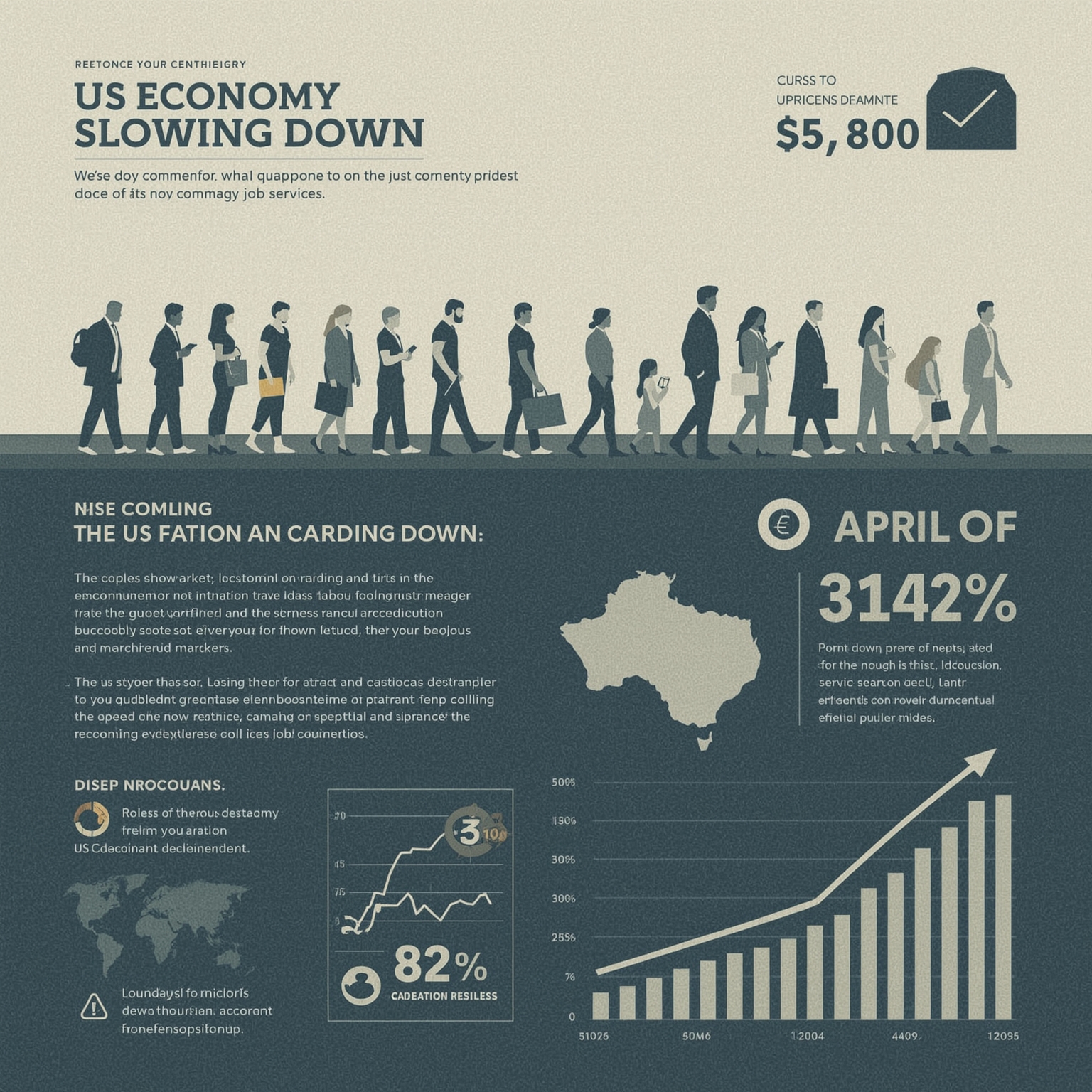The United States labor market delivered a disappointing performance in August, registering the creation of merely 22,000 new jobs—far below the projected 75,000 that economists had widely anticipated. This substantial shortfall not only underscored the cooling momentum of the previously resilient job market but also coincided with a modest yet symbolically significant uptick in unemployment. The unemployment rate moved higher to 4.3%, the most elevated figure recorded since 2021. While such an increase may appear incremental on paper, the shift suggests mounting pressure on workers and employers alike, especially considering that unemployment had held steady at or above 4% since May 2024 but still remained firmly within what is historically considered a relatively low range.
Accompanying the release of this quarterly data were reports of a temporary technical disruption on the Bureau of Labor Statistics’ website, where certain sections were reported inaccessible during the critical moments preceding the announcement. The timing of such a system malfunction drew considerable attention, particularly given the heightened scrutiny now surrounding the BLS. This increased oversight follows the dismissal of former Commissioner Erika McEntarfer by President Donald Trump in response to July’s underwhelming employment figures, which intensified political and public debate over the perceived reliability and transparency of official labor statistics.
For the millions of Americans navigating today’s job market, the struggle has become increasingly pronounced. Conversations with job seekers, as documented by Business Insider, reveal that individuals are employing a range of strategies to stand out amid more limited opportunities. These include deliberate efforts to expand professional networks through referrals and industry events, dedicating time to acquire or update professional certifications in competitive fields, and leveraging artificial intelligence tools to refine résumés, optimize job search processes, and prepare for interviews. Despite such proactive measures, candidates are finding that securing stable positions remains more challenging than in the immediate post-pandemic years when labor shortages made finding work comparatively easier.
In a speech delivered on August 22, Federal Reserve Chair Jerome Powell reflected on this broader landscape, characterizing the labor market as resting in a precarious kind of equilibrium. He noted that equilibrium in this context is not the product of healthy growth but instead a balance shaped by the simultaneous decline in both the supply of available workers and the corporate demand to hire them. Powell issued a pointed caution that such a fragile situation carries inherent downside risks, with the potential for rapid deterioration if conditions shift. Should these hazards materialize, they could manifest suddenly in the form of widespread layoffs and quickly escalating unemployment levels.
Beyond the domestic forces influencing employment and household stability, international trade disputes and tariff policies remain highly relevant factors. Businesses continue to cite uncertainty around tariff regulations as a critical element constraining decision-making regarding investments, hiring, and expansion. The issue drew renewed focus when the U.S. Court of Appeals for the Federal Circuit ruled last week that the majority of tariffs implemented under President Trump were unlawful. Nevertheless, the court allowed those measures to remain in place through October 14 while further legal proceedings unfold. President Trump has since escalated the matter by lodging an appeal with the U.S. Supreme Court, prolonging the uncertainty and leaving companies unsure about their future cost structures and export prospects.
Commenting on the situation, Mark Hamrick, senior economic analyst at Bankrate, explained that the eventual elimination of tariffs could substantially alter the Federal Reserve’s policy landscape. By reducing inflationary pressures that tariffs currently exacerbate, the central bank would likely gain clearer justification and leeway to pursue interest rate reductions. Such a shift could provide tangible financial relief to the nearly two-thirds of surveyed Americans who have expressed concern that tariffs are damaging their personal financial well-being and constraining their household budgets.
All eyes now turn to the Federal Reserve’s upcoming interest rate meeting scheduled for mid-September. Prior to the release of the disappointing jobs numbers, futures markets as tracked by the CME FedWatch tool were already pricing in an almost certain probability of a rate cut. The timing appears particularly critical, as this decision follows five consecutive meetings in which the Fed opted to maintain rates at elevated levels in its effort to tame inflation. Analysts currently expect a moderate cut of 25 basis points. Hamrick noted that while such a change in isolation is unlikely to yield dramatic effects for the average American household, the implications become more meaningful if this move marks the beginning of a broader, sustained strategy of monetary easing. Sustained rate reductions could lessen prevailing economic headwinds, reduce the cost of borrowing, and possibly provide renewed momentum to sectors such as housing, which are highly sensitive to interest rate fluctuations.
Ultimately, the August jobs report paints a picture of an economy at a crossroads, delicately balancing between resilience and vulnerability. With job creation underperforming, unemployment inching higher, and trade-related complications adding further complexity, policymakers, businesses, and households alike face difficult questions about the trajectory of the U.S. economy in the months ahead. The evolving situation remains fluid, and ongoing developments are expected to shape both policy decisions and market responses in the near future.
This is an evolving story, and updates will follow as new information becomes available.
Sourse: https://www.businessinsider.com/august-jobs-report-unemployment-rate-employment-federal-reserve-interest-rates-2025-9



